What is Rhinoplasty?
Rhinoplasty, commonly referred to as a nose job, is a surgical procedure aimed at changing the shape or improving the function of the nose. It can be performed for medical reasons, such as to correct breathing problems related to the nose or to repair disfigurement resulting from trauma or birth defects. It is also commonly done for cosmetic reasons, to enhance the appearance of the nose and improve facial harmony.
Why and when Rhinoplasty is recommended?
Rhinoplasty is recommended for a variety of reasons, ranging from medical necessity to aesthetic enhancement. Here are some common scenarios and reasons why someone might undergo rhinoplasty:
Breathing Difficulties:
Deviated Septum: Correcting a deviated septum, which can obstruct airflow and cause breathing problems.
Nasal Valve Collapse: Strengthening the nasal valves to improve airflow.
Chronic Sinusitis: Addressing structural issues that contribute to chronic sinus infections.
Trauma:
Nasal Fractures: Repairing and realigning bones and cartilage after nasal fractures.
Injury-Related Deformities: Restoring the nose's shape and function after trauma.
Congenital Defects:
Correcting congenital abnormalities such as cleft palate or other structural deformities that affect breathing and appearance.
Cosmetic Reasons
Aesthetic Improvement:
Reshaping the Nose: Adjusting the size, shape, or proportions of the nose to better fit the patient's facial features.
Tip Refinement: Modifying the nasal tip to make it less bulbous, more defined, or better proportioned.
Dorsal Hump Reduction: Removing or reducing a hump on the nasal bridge.
Nasal Width: Narrowing the width of the nose at the bridge or the tip.
Facial Harmony:
Enhancing overall facial symmetry and balance by adjusting the nose's appearance.
When Rhinoplasty is Recommended
Medical Conditions:
When structural issues lead to significant breathing problems or chronic sinus issues that don't respond to other treatments.
Following trauma that has caused noticeable nasal deformities or functional impairments.
Cosmetic Concerns:
When a person feels self-conscious or dissatisfied with the appearance of their nose and wishes to enhance their facial aesthetics.
If the nose's shape or size causes psychological distress or impacts self-esteem.
Age Considerations:
Typically, rhinoplasty is performed after nasal growth is complete. For girls, this is usually around age 15-16, and for boys, it is around age 17-18. However, exceptions may be made for severe medical reasons.
How does rhinoplasty different from other treatment options
Rhinoplasty is a surgical procedure specifically aimed at altering the shape and function of the nose. It is different from other treatment options in terms of its approach, invasiveness, and the extent of changes it can achieve. Here’s a detailed comparison between rhinoplasty and other common treatment options for nasal issues:
Comparison with Non-Surgical Options
Nasal Steroids and Decongestants:
Purpose: These medications are typically used to reduce inflammation, treat allergic rhinitis, or relieve nasal congestion.
Approach: Non-invasive, involving the use of sprays or pills.
Limitations: They do not alter the structure of the nose and are ineffective for correcting anatomical issues like a deviated septum or nasal valve collapse.
Nasal Strips and Dilators:
Purpose: Designed to improve airflow by mechanically opening the nasal passages.
Approach: Non-invasive, used externally or inserted into the nostrils.
Limitations: Temporary relief and no permanent structural changes. They are often used during sleep or physical activity.
Injectable Fillers (Liquid Rhinoplasty):
Purpose: To temporarily alter the shape of the nose, typically to smooth out bumps, raise the nasal bridge, or refine the tip.
Approach: Minimally invasive, involving injections of hyaluronic acid or other fillers.
Limitations: Results are temporary, usually lasting 6 months to 2 years. Cannot address functional issues or make significant reductions in size.
Comparison with Other Surgical Options
Septoplasty:
Purpose: Specifically targets the correction of a deviated septum to improve breathing.
Approach: Surgical, but usually less extensive than rhinoplasty.
Limitations: Focuses on internal nasal structure; does not change the external appearance of the nose.
Turbinate Reduction Surgery:
Purpose: Reduces the size of the turbinates to improve airflow.
Approach: Surgical, often less invasive than rhinoplasty.
Limitations: Addresses only the turbinates; does not alter the nasal shape or correct other structural issues.
Endoscopic Sinus Surgery:
Purpose: Treats chronic sinusitis by improving drainage and reducing blockages in the sinus cavities.
Approach: Surgical, using an endoscope.
Limitations: Targets the sinus cavities rather than the nasal structure itself.
how is life after rhinoplasty
Life after rhinoplasty involves a period of initial recovery marked by swelling, bruising, and possibly discomfort around the nose and eyes. This phase gradually improves over weeks, with follow-up appointments to monitor healing and address any concerns. Physical changes like swelling and altered nasal sensations are common and diminish as healing progresses. Emotionally, adjusting to the new appearance may take time, requiring patience as final results emerge over months. Many patients experience increased self-confidence and satisfaction as they adapt to their improved nasal aesthetics and, if applicable, enhanced breathing. Overall, while the recovery process requires diligence and patience, the long-term benefits often outweigh the temporary discomfort, leading to improved quality of life for many individuals.



